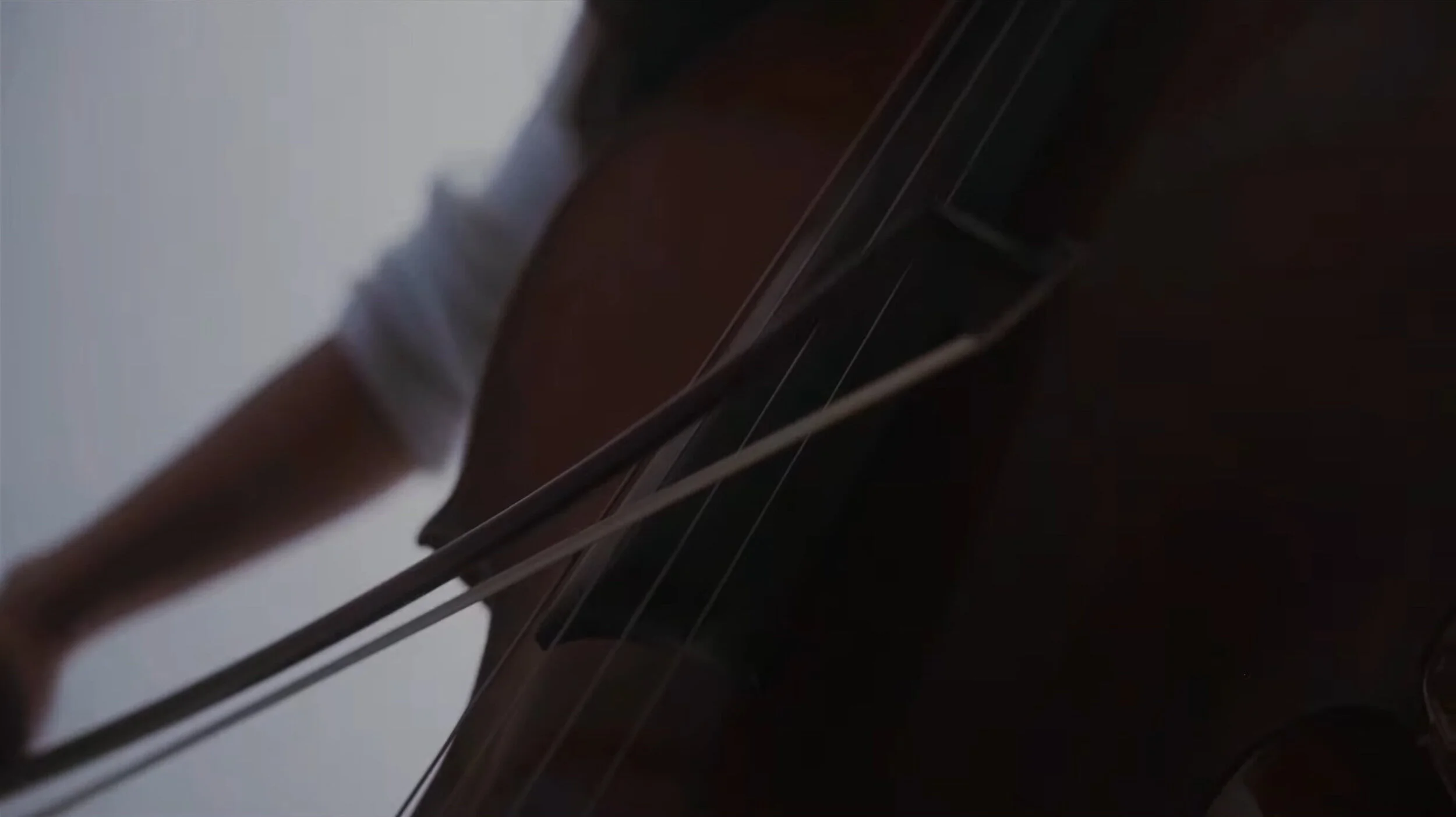Variations for Worlds Below
ensemble alto saxophone, percussion, piano
written spring 2022
duration 11 minutes
Written in collaboration with the Smithsonian Environmental Research Center
Supported by the Maryland State Arts Council Creativity Grant
Coral reefs have fascinated me since my childhood, when I first learned about them watching Pixar’s iconic Finding Nemo. I remember being entranced in theaters by the animated reef’s resplendent colors, hypnotic variety of life, and stunning textural complexity. When I had the chance to work with the Smithsonian Environmental Research Center to create a new work, coral reefs instantly came to mind as an obvious point of inspiration.
I knew that in creating a work based on the remarkable vibrance of coral reefs that I would want to evoke, first and foremost, their almost contradictory capacity to be as alien as they were beautiful. Much research has been done to better understand coral, an academic field aging back millennia with luminaries like Pliny the Elder struggling to classify them. To capture their eerie allure, I decided to use saxophone multiphonics to ground the entire piece. These sounds could be raucous, violent, and unexpected, but also shockingly beautiful. The resulting piece, Variations for Worlds Below, is an essentially cyclic piece, consisting of four variations on a simple progression of chords built around a number of these saxophone multiphonics.
The piece begins meditatively, establishing a broadly peaceable yet unpredictable atmosphere imitating the swaying motion of anemones and polyp tentacles. The next variation moves through songful rumination against a bed of sparkling aleatory in order to suggest the glimmering of sunlight through water. From there, the music deepens in unease to consider the alien worlds of deepwater coral and culminates in a rumbling, overpowering climax. Finally, the soundworld drifts apart into pieces, as we return to the surface.
Special thanks to Karen McDonald, Christine Buckley, Kristen Goodhue, and the rest of the Smithsonian Environmental Research Center’s Folklife team for the indispensable support they provided in realizing this piece.
